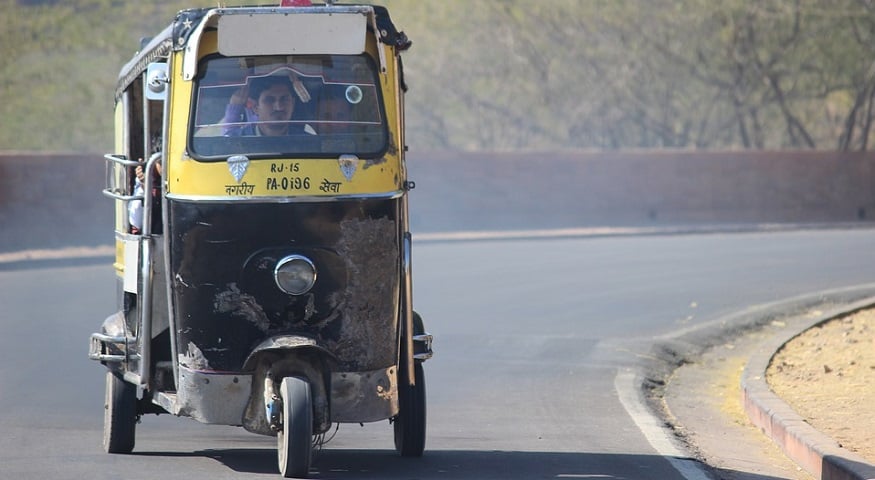The Delhi Police launched a new safety program that will work out of the Himmat Plus app.
The QR code safety system has been designed to help improve the safety of women traveling in auto-rickshaws and non-app taxis. The system will not only provide the driver’s details to passengers, but also allow passengers to send emergency alerts to police in case there is trouble.
The Himmat App was always been about women’s safety.
The Himmat app, which supports the new QR code safety program, was first launched back in January 2015 and has always been a platform dedicated for women’s safety. In February 2018, a revamped version of the app was launched, called Himmat Plus. According to Delhi Police, the app has almost 99,000 users.
The QR code program was announced at the New Delhi Railway Station by lieutenant governor Anil Baijal. Delhi Police commissioner, Amulya Patnaik, and managing director of Delhi Metro Rail Corporation, Mangu Singh, were both in attendance of the inauguration, reports the Hindustan Times.
The new program will ensure that only “genuine and verified” drivers are available to transport passengers, primarily those travelling from the city’s airport and railway stations, according to deputy commissioner of police (railways) Dinesh Kumar Gupta.
The QR code safety program will inform passengers if the driver is registered with Delhi Police or not.
The primary feature of the program is a QR code that is printed behind the headrest of the driver’s seat. Upon entering the vehicle, a passenger can scan the code using the Himmat Plus app.
“The passenger will be informed whether the driver is registered with Delhi Police or not. The passenger can choose to send an emergency alert to the police, to their emergency contacts and call the police control room (PCR),” said Gupta, as quoted by the Hindustan Times.
Gupta says that this step will help women to feel a sense of safety and help ensure that only verified drivers are in the vehicles.
Gupta also revealed that the QR code safety program had nearly 1,000 taxi/auto drivers and leaders of  their unions in attendance. At present, Gupta says that there are close to 3,000 taxis and autos on the list, with more to be added.
their unions in attendance. At present, Gupta says that there are close to 3,000 taxis and autos on the list, with more to be added.
